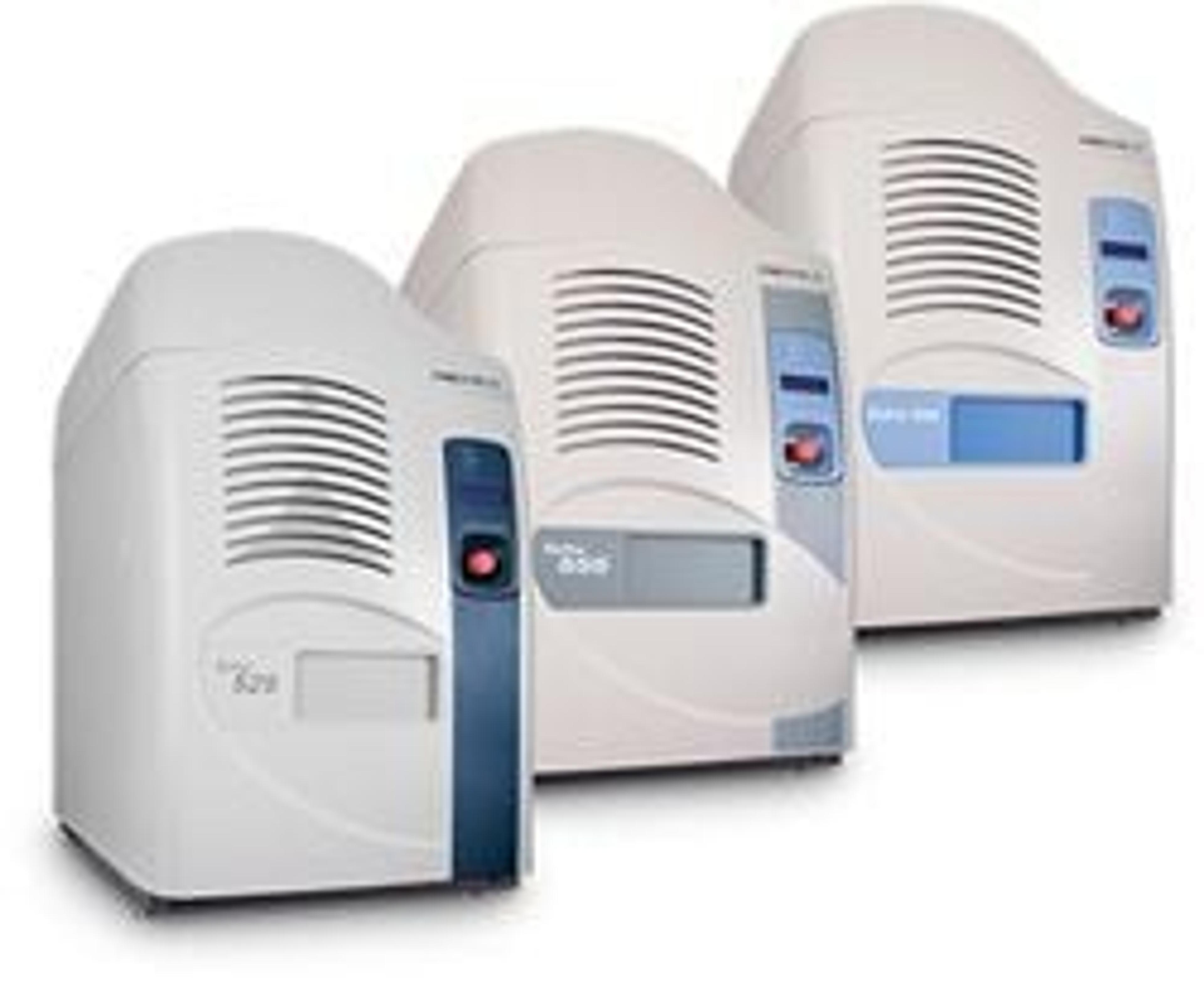Accelerating Synthetic Biology Using Automated Workflows
Dr David McClymont discusses automated approaches to DNA assembly used at Imperial College London
4 Apr 2021

A snapshot from the video of Dr David McClymont from Labcyte Genomics Symposiums 2017

SynbiCITE Based at Imperial College in London, SynbiCITE is the Innovation and Knowledge Centre (IKC) for Synthetic Biology funded by the UK Research Councils, EPSRC and BBSRC, and Innovate UK.
Dr David McClymont, Head of Automation at SynbiCITE, discussed automated synthetic biology approaches, at the Labcyte Genomics Symposium. SynbiCITE have taken the standard language and working methods of synthetic biology, combined these with engineering principles, and scaled this up using automation hardware and software to build a high-throughput, industrial-scale facility. This system has been applied to numerous applications including microbial metabolic pathway engineering, and most recently miniaturized, high-throughput cell-free synthetic biology.
SynbiCITE’s successful automated workflow adopts the BASIC synthetic bio assembly method (Storch, Marko, et al. "BASIC: a new biopart assembly standard for idempotent cloning provides accurate, single-tier DNA assembly for synthetic biology." ACS synthetic biology 4.7 (2015): 781-787), and the integration of Echo acoustic liquid-handling instrumentation. Dr McClymont has integrated these by creating the custom interfacing software AMOS, and, in doing so, produced an accelerated system that brings together the best engineering principles to greatly expand what is possible with synthetic biology today.
Using metabolic pathway engineering as a working example of the automated workflow, David takes us through a simple ligation, purification and annealing assembly, to show how combination of BASIC, and automation of the liquid handling process, can very quickly generate thousands of variants for rapid prototyping.
BASIC generates constructs by linking together genes (cargo) and other construct components with standardizing suffix and prefix linkers, “The different prefix and suffix linkers allow the generation of a great deal of variation, with a small number of components, in the order that you want to produce high-quality constructs with 100% success rate.” The Echo 525 by Labcyte Inc. is an acoustic liquid handler that enables rapid transfer of reagents in volumes 25 nl – 5 ul, and provides much greater capability for high-throughput applications than tip-based liquid handling alternatives.
Designing a fit-for-purpose software
With these features of the system in place, the main challenge that SynbiCITE had to overcome was finding fit-for-purpose software for statistical modelling design and work cell integration. In a previous position, Dr McClymont made significant improvements to automated, high-throughput screening efforts for personalized medicine compounds by designing customized ‘cherry-picking’ algorithms and software, Dr McClymont took this principle and applied it to the synthetic biology workflow being established at the new London DNA Foundry. “The foundry uses an SAS DNA warehouse and we do our design of experiment using JMP and LIMS system, but none of these bits of software actually tell the automation robots what to do. None of the associated software understands how you get from design, to working through liquid classes and the different plates, to get it to work.”
The AMOS software
To remedy this, David designed AMOS, software that interfaces with individual parts of the workflow including both software and hardware. The custom AMOS software was written in flask with python; the result is a web-based bio-application accessible to any user. Dr McClymont explains how AMOS can be integrated into each part of a given workflow with QC validated throughout, using the generation of simple microbial metabolic pathway constructs as an example. “Integrating statistical models and JMP software allows us to build up a good statistical models and it reveals so much more than just the data. Integrating this into the workflow has opened up a lot of capabilities for us.”
The success of AMOS at accelerating experimental design, execution and automation, highlights the benefit to users of developing DIY, web-based bio-applications specific to their experimental plans, making successful construct generation much quicker and more cost-effective.
Currently at ICL, the whole system is being applied to cell-free synthetic biology to analyse translation and transcription mechanisms. Here, the Echo advanced liquid handling means that sub-nanolitre volumes of all ingredients can be added quickly, and in a specified order, so reactions can be run immediately. The high quality and cost-benefits of this miniaturized system has allowed the team to open up the capabilities around cell free analysis. By using the available genetic information and putting it together in different ways, Dr McClymont and his team have opened up the biotech industry with as much rigour and innovation as the engineering world.
Watch the full presentation or learn more about the Echo® 500 Series Liquid Handlers
Leave a product review today to be entered into a prize draw for the chance to win an iPad or $400 Amazon voucher (or equivalent currency)

